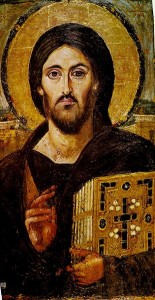Writers of stories spend time creating cultural universes, and they ask us to experience these universes as readers. These cultural universes are shaped by carefully selected details in the stories—particular language, particular images, and particular spaces. Every word, every detail in a text functions as an argument—an argument that attempts to alter the experience of readers.
On Friday, we’ll look at additional details in “Die Grosse Liebe” and what effects those details have in the story’s performance:
One of the most interesting questions to ask when writing about texts is simply, “How?”
- How does the story perform its argument?
- How does the story accomplish its purpose?
- How does the story’s language cause readers to experience certain effects?
- How does a certain detail interact with other details in the story, and to what effect?
- What kind of cultural universe is presented in this story? And how does the story create that kind of universe?
Here’s a clip with selected images and audio from the movie described in the short story:
[youtube cwQLJqf7TNo]


